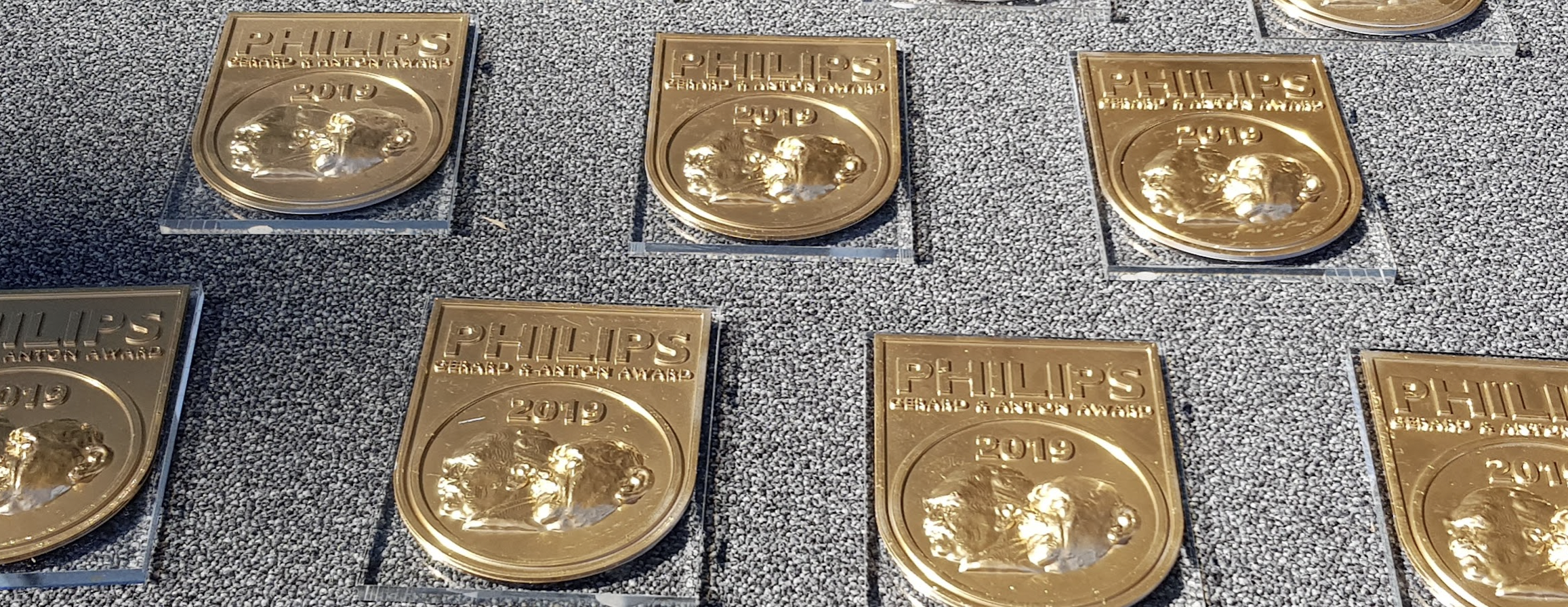
Philips, a Dutch multinational technology company founded in 1891, has spun off many successful companies such as ASML, NXP and Signify. These spin-offs have become more famous and prosperous than their mother company. Why did this happen, and what could Philips have done differently to benefit from it more? And has the result been beneficial for Brainport region, or would Eindhoven have been better off with Philips still in the lead?
The Birth of ASML
In 1984, ASML spun off from Philips intending to produce lithography machines used by chip manufacturers like NXP and Intel for the production of chips. These machines allow customers to produce chips with the highest performance and lowest product costs, which is essential in today’s competitive semiconductor industry.
ASML has invested heavily in research and development (R&D) and adopted a three-pillar operational strategy – technology leadership, customer and supplier intimacy, and entrepreneurial people. This strategy has enabled them to develop increasingly sophisticated equipment that has allowed them to achieve an 80% market share in the semiconductor industry at unprecedented speed.
The Impact of Spin-Offs on Brainport Eindhoven Region
The success of spin-off companies such as ASML, NXP, and Signify has had a positive impact on the Brainport Eindhoven region. The more than one thousand startups located in Eindhoven have created at least 25,000 jobs since 2019. The city is now home to numerous high-tech companies focusing on robotics, photonics, and medtech.

The Technical University of Eindhoven (TU) is a major source of technical expertise for these start-ups. Many of these start-ups are located in former Philips factory buildings like the Klokgebouw, High tech Campus Eindhoven, or Strijp-T. Smart Photonics is working on photonics to make the light sector more sustainable, while Xeltis produces plastic heart valves which will eventually be replaced by body cells. Sendcloud is an e-commerce business with a valuation of 665 million euros.
What Could Philips Have Done Differently?
By ‘liberating’ the spin-offs from the mother company, Philips has ensured them to become successful and to outshine their mother company. At the same time, Philips itself could have learned more from the operations methods of these spin-offs. By adopting a simple business strategy, investing heavily in R&D and committing to a three-pillar operational strategy, ASML was able to deliver increasingly sophisticated equipment, which enabled them to achieve an 80% market share in the semiconductor industry at unprecedented speed.
Medtech
Philips has shifted its focus from consumer electronics to medical technology in the past decade. This strategic move has brought the company a leading position in several medtech markets. Philips has established itself as a global health technology leader with an impressive portfolio of 57,000 patent rights, 33,000 trademarks, 114,000 design rights, and 2,900 domain names. The company has ranked in the top 10 of the European Patent Office (EPO) for many consecutive years.
All-in-all, the success of spin-off companies such as ASML, NXP, and Signify and Philips’ choice to go from consumer electronics to medtech have benefited Brainport Eindhoven region. However, Philips could have done more to copy their spin-offs’ success, outshining their mother company. Investing heavily in R&D, and adopting ASML’s three-pillar operational strategy, for example, could have delivered increasingly sophisticated equipment, which would have enabled them to achieve an even greater market share in the industry.

